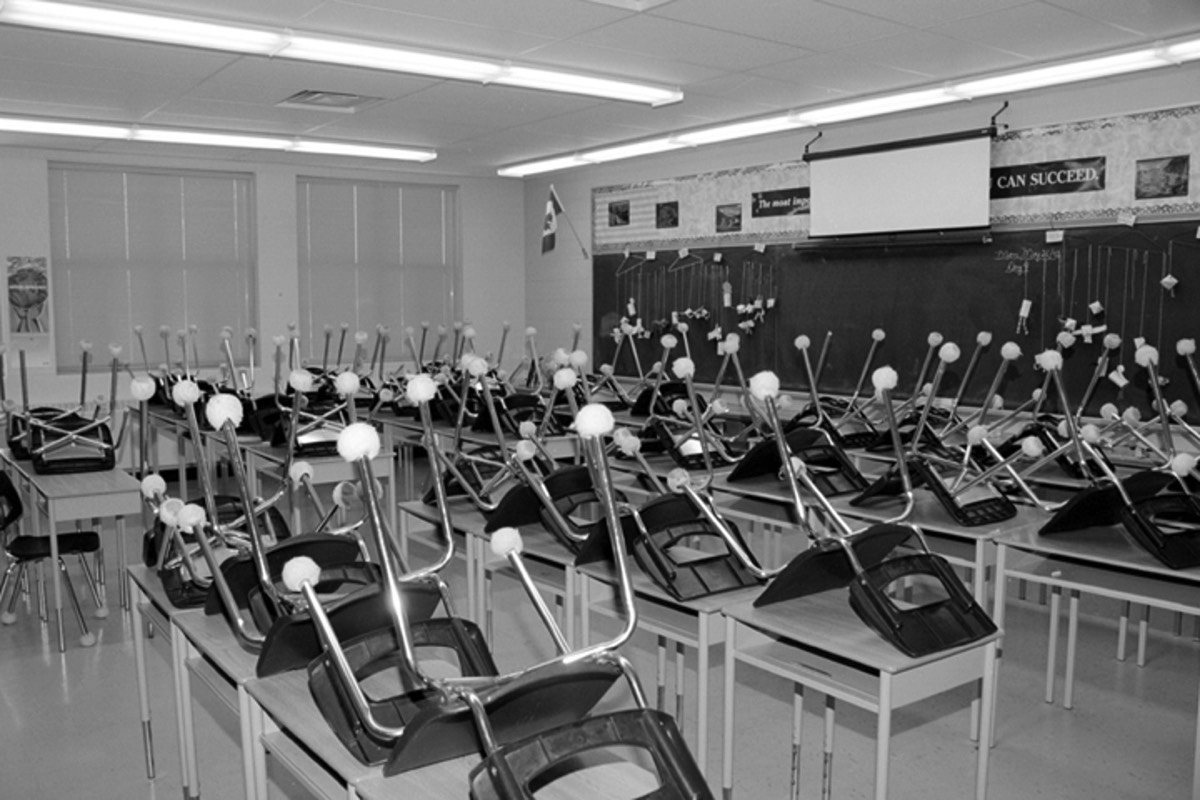"With the rise of industry [in the late 19th century and early 20th century], standardization of the curriculum and a delivery system based on a Newtonian mechanistic model was adopted. The school system became a closed machine with top-down administration, predetermined standards, lock-step definitions of content by grade, and fixed rules of behavior. Obviously the system worked well to prepare students for the factory or the office. With its emphasis on assimilation, conformity, and traditional values, it was able to handle the masses of European immigrants and the growing [North] American population. Mass production philosophy and assembly line concepts lent themselves to efficiency in the production of trained workers at low cost." (Pulliam, 1987, p. 241)
The Why Shoot the Teacher? video segment you watched in
Week 6 serves as a good example of the way students have traditionally been taught in schools. Following a
direct instruction approach, students are each assigned an individual desk at which to work. All of the student desks face the front of the classroom where the teacher stands and delivers the lessons. During a lesson, the teacher may ask students questions in an effort to assess how well they understand the subject matter that is being presented. A teacher may ask a question of all students (in which case students are expected to raise their hands if they have an answer) or instead call on a specific student. The teacher is 'the sage on the stage'. They are the centre of attention (i.e., 'the stage') and considered to be authoritative in their knowledge of the subject under study (i.e., 'the sage').
In terms of classroom management, the teacher retains full authority in the classroom. No student is permitted to speak or leave their seat unless given permission by the teacher to do so. Students who break the 'no moving around' and 'no speaking without first being called on' rules are disciplined for doing so.
Subjects are taught in sequence, one at a time. Each subject has a discrete period of time which is devoted to it. Sometimes, a bell signals the transition from one subject to another.


